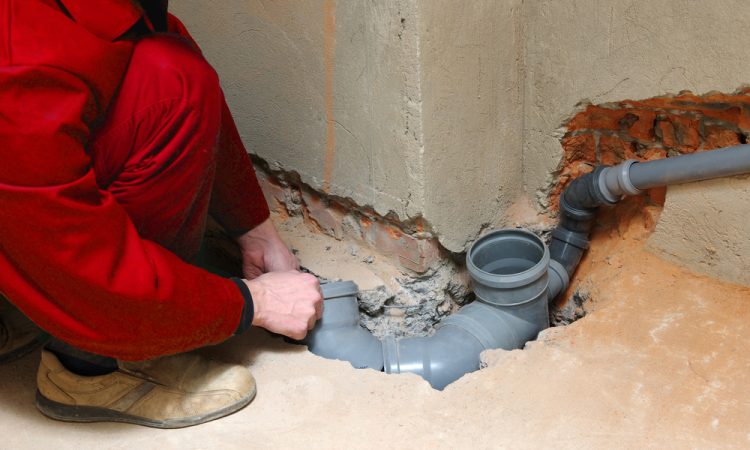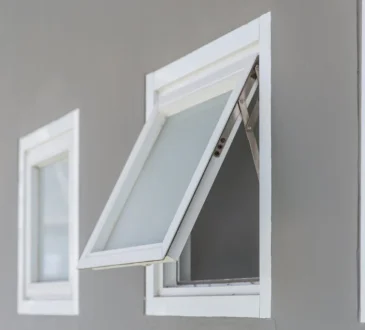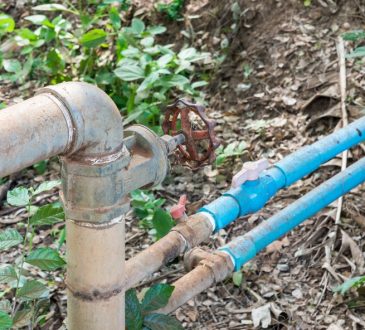
Why Sewer Backups Are a Serious Problem
A sewer backup isn’t just messy, it’s one of the most stressful problems a homeowner can experience. Unlike other plumbing issues, sewer water contains dangerous bacteria and contaminants that put your health at risk. It can also cause thousands of dollars in property damage within hours. The scary part? Many sewer backups happen suddenly, and once the water starts coming in, there’s no stopping it without professional help.
The good news is that most backups don’t just “come out of nowhere.” They’re usually caused by a handful of common issues. By understanding the top causes and how to prevent them, you can take steps to protect your home and avoid the headache of a sewer disaster.
The Top 5 Causes You Should Watch Out For
- Tree Roots
Tree roots are one of the most common culprits. Roots naturally seek water, and underground sewer lines provide a perfect source. Over time, roots can grow into small cracks in pipes and cause full blockages. - Grease Buildup
Pouring grease down the drain may seem harmless when it’s hot and liquid, but as it cools, it hardens and sticks to the sides of your pipes. Over months or years, grease buildup can block water flow entirely. - Flushed Items
Wipes, paper towels, feminine hygiene products, and other non-flushable items can clog sewer pipes. Even “flushable” wipes aren’t truly safe for plumbing systems and often contribute to large blockages. - Heavy Rainfall
City sewer systems can get overwhelmed during storms. When too much water enters the system, it can back up into homes through basement drains. - Aging Pipes
Old pipes made of clay or cast iron are more likely to crack, collapse, or deteriorate over time. These weak points become easy entry spots for roots or blockages.
Prevention Tips That Really Work
Preventing backups starts with smart habits. Never pour grease, coffee grounds, or food scraps down your drains. Keep a small trash bin in the bathroom so non-flushable items don’t end up in your toilet. If your home is older or surrounded by trees, consider scheduling yearly inspections with a plumber. Professional tools like drain cameras can spot early signs of damage.
For extra protection, ask about installing a backwater valve. This device stops sewage from flowing back into your home during heavy rains or system overloads. It’s an investment, but one that can save you from expensive repairs.
Expert Tip: Prevention Costs Less Than Cleanup
“Most sewer backups are preventable with simple maintenance,” says Kyle Daniels, owner of Water Damage Cleanup Pros. “Regular inspections and avoiding clogs can save homeowners thousands in cleanup costs. The best time to act is before there’s an emergency.”
By learning the warning signs and practicing good drain habits, you can protect your home, your health, and your wallet.
IICRC-certified pros use moisture meters, hygrometers, and thermal imaging cameras to track the drying process in real time. This data-driven approach ensures every wall, floor, and ceiling is thoroughly dried, preventing mold and future decay. It’s a level of professionalism that saves property owners money in the long run.




